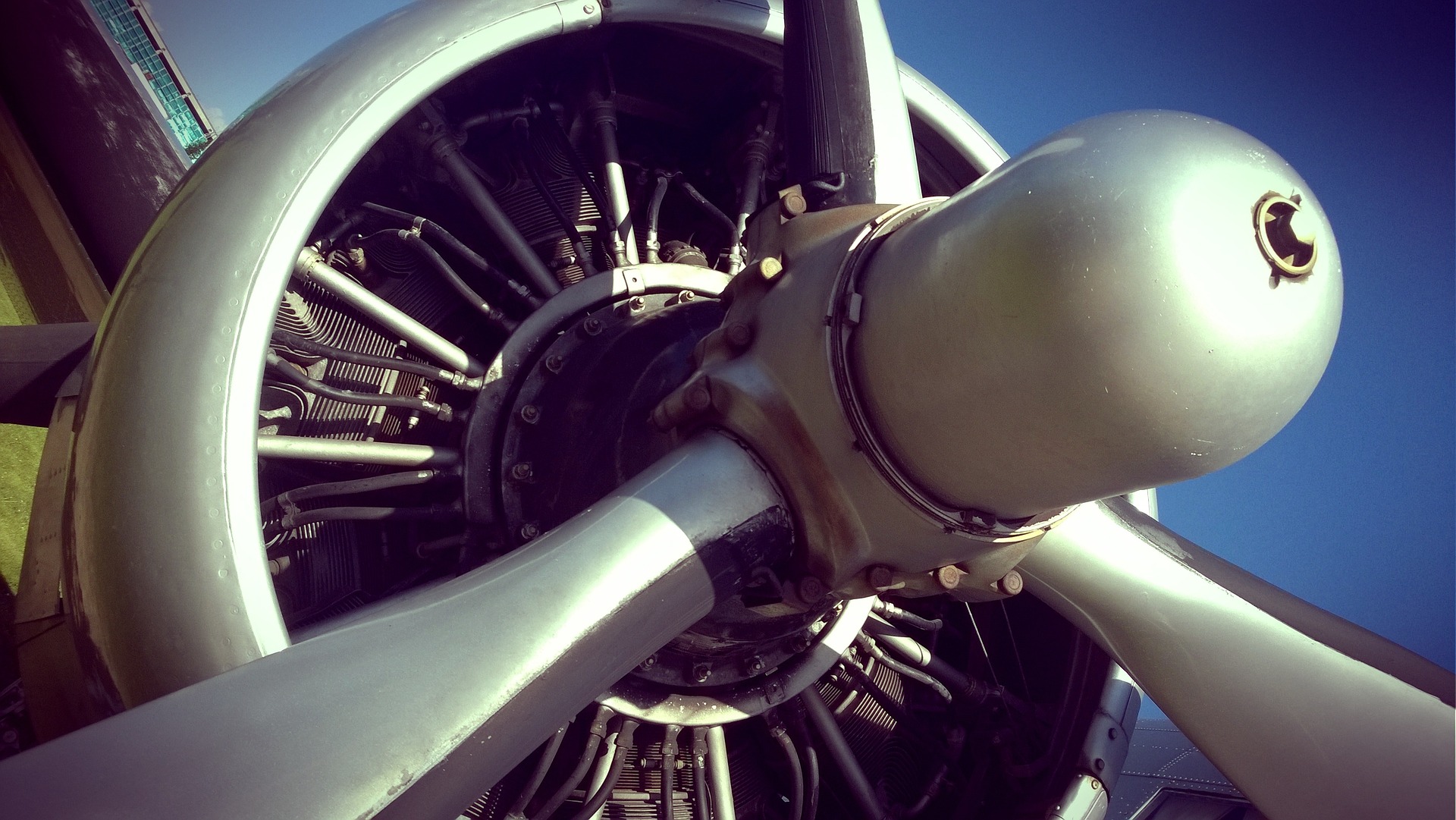All of us have sometimes heard or seen images of airplanes decomposing in different places, they could be called airplane cemeteries, the reasons why they are there are very varied, beginning with the expiration of service time, their technology is obsolete, they had legal issues, were not profitable, until they had greater damages.
Previously, in the article: The Life of a Pilot, there has been talk about what are the characteristics that a pilot has during the exercise of his profession, now, in the following lines, the life of an airplane after its retirement will be exposed, what can be the most interesting causes and uses that have been given to them.
Contents
They are a gold mine
Another example is the Douglas C47 which is a military transport aircraft that dates back to World War II and was manufactured in the 1940s, it is estimated that approximately 12,000 units were manufactured and half are still operational. Therefore, it is evident that seeing an airplane parked and deteriorating is something that draws attention. Planes are designed to last a long time, in fact, they can last for several decades, as is the case with the B52 military bomber, a model of the US air force built in the 1950s and still in service.
Although it sounds hard to believe, airplanes are practically an unused gold mine, because they hide great value inside, in fact, most of the value is in their engines, which is why some airlines prefer older aircraft for operational reasons, as well as some like Alliance Airlines, who have bought second-hand aircraft, specifically the Fokker 100 for their resistance because they are ideal for operating in hot and dusty airports that are usually the routes they cover.
It is known that there are several such sites with damaged aircraft, although the ideal is to find use after they have been declared inoperable, in some cases, it is not possible and they end up in some “aircraft cemetery”, in the United States these places are at Southeast due to the dry climate and space availability, in Europe, there are also similar facilities in United Kingdom, France and Spain with similar characteristics.
What happens after they are taken to the resting place?
After it is decided that the unit will not provide more flight services, they are transferred to high-capacity places where they can stay until it is decided what to do, in this case, some units wait for their new owners, while others suffer the cancellation of the registration, so when they lose it, it is considered a waste and the disarmament process begins to take away all the valuable components that can be reused.
The main thing that is sold or removed is the engines because they represent 80% of the value of the plane, then they segment the fuselage and sometimes it is used for training by firefighters, crews or educational institutions. While all other components can be recycled to other units or sold as scrap metal.
Units that have had a second chance
There are some cases where the planes have had a second chance away from the main purpose for which they were built; such is the case of the Virgin Atlantic Boeing 747 because, after its retirement, it was transferred to a company where they have decided to use it as a platform to eject their vehicles.
On the other hand, in Ireland, a theme park requested that a Boeing 767 be transferred to its place after its retirement was announced so that it could be exhibited there and its visitors could take some very interesting photos with the plane. Another case is that of an Ilyushin 14 who is in a restaurant called Runway34 that is next to the Zurich airport.
What do you think about this topic? Should all planes be reused?
If you have any questions or queries you can contact us or write your query at the bottom (comments section).
Image by Mary1826 via Pixabay.com under Creative Commons license.
